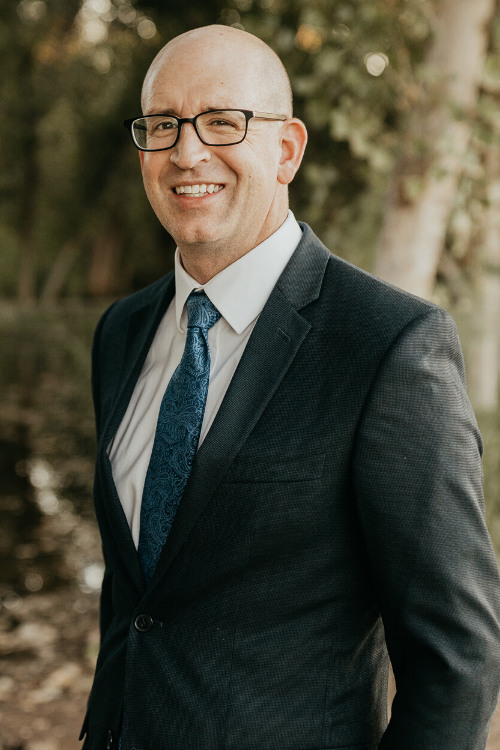Certain beneficiaries require more intentional estate planning than others. While the law sets the age of adulthood at 18, specific testamentary instruments can redefine at what age a beneficiary is considered an adult. A recent article from The News-Enterprise, “When planning for young beneficiaries, consider all options,” explains how this works.
Young beneficiaries, especially 18-year-olds still in high school, are still immature, and their brains are still developing. Add a strong dose of grief to a teenager’s life, and even a bright, stable adolescent may not make good decisions.
Young adult beneficiaries are categorized in two ways: primary and contingent.
A primary beneficiary is one who the testator or grantor expects to be a young beneficiary at the time of distribution of assets or who is young when the estate planning documents are executed. This is typically the parents of young children or grandparents who intend to leave property to young grandchildren.
Contingent beneficiaries are those who are not anticipated to receive property as young beneficiaries. However, they could inherit if a primary beneficiary dies, such as when a grandchild receives an inheritance following their parent’s death.
Even for contingent beneficiaries, some level of planning needs to be done to define the age of majority and provide options for distribution. This is done through an immediate split of assets, with assets going into a general needs trust or a common pot trust.
Assets are most commonly left to young beneficiaries through an immediate split of assets upon estate distribution. Assets are held in a separate trust for each beneficiary, with a trustee appointed for each trust. Assets within the trust are typically available for the child’s health, education, maintenance, or support until the child reaches the predetermined age.
Upon reaching the age defined by the trust, the child may receive the assets either outright or incrementally over a period of time.
Another option is to use a common pot trust. This is used for parents with multiple minor children. This type of trust allows the assets to remain in one trust to be used for the needs of all children until a triggering event, such as the youngest child reaching age 18. At that time, the remaining trust assets are split into as many shares as there are beneficiaries, and the shares are distributed according to the remaining instructions. Each separate share is usually left in an ongoing general needs trust until a certain age.
Leaving property in trust for young beneficiaries doesn’t cut off their ability to use the money property. The trustee can continue to use the assets for the beneficiary’s care. However, whatever is left is distributed to the beneficiary upon reaching the distribution age.
Your estate planning attorney can help you determine the best way to structure trusts for your children or grandchildren based on your wishes and their ages. By redefining the age of majority and outlining specific directions for distributions, young beneficiaries can receive the most value from their inheritance.
To learn more about estate planning in the East Valley, Gilbert, Mesa and Queen Creek, schedule your free consultation with Attorney Jake Carlson by using one of the links above.
Reference: The News-Enterprise (Feb. 10, 2024) “When planning for young beneficiaries, consider all options”


